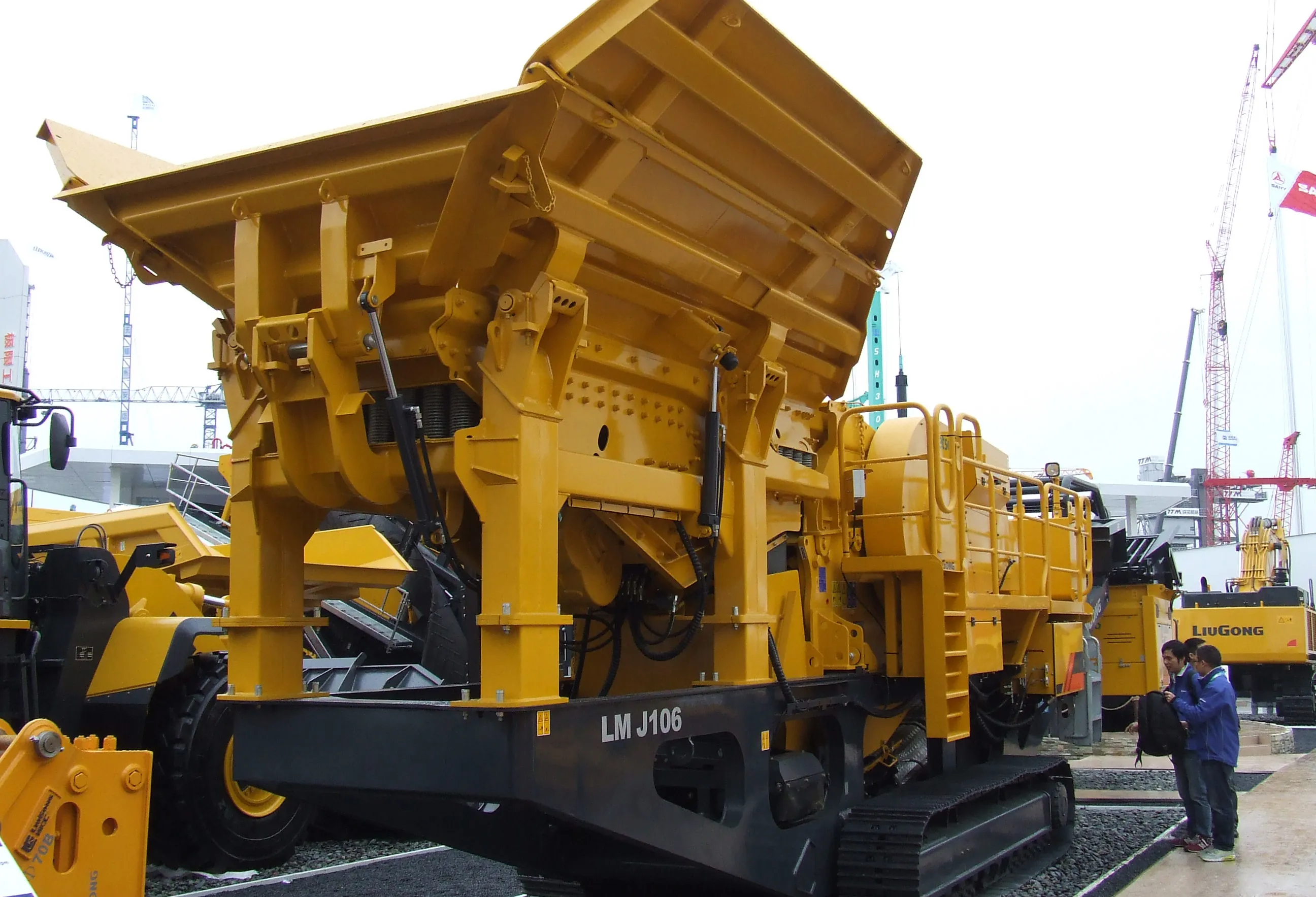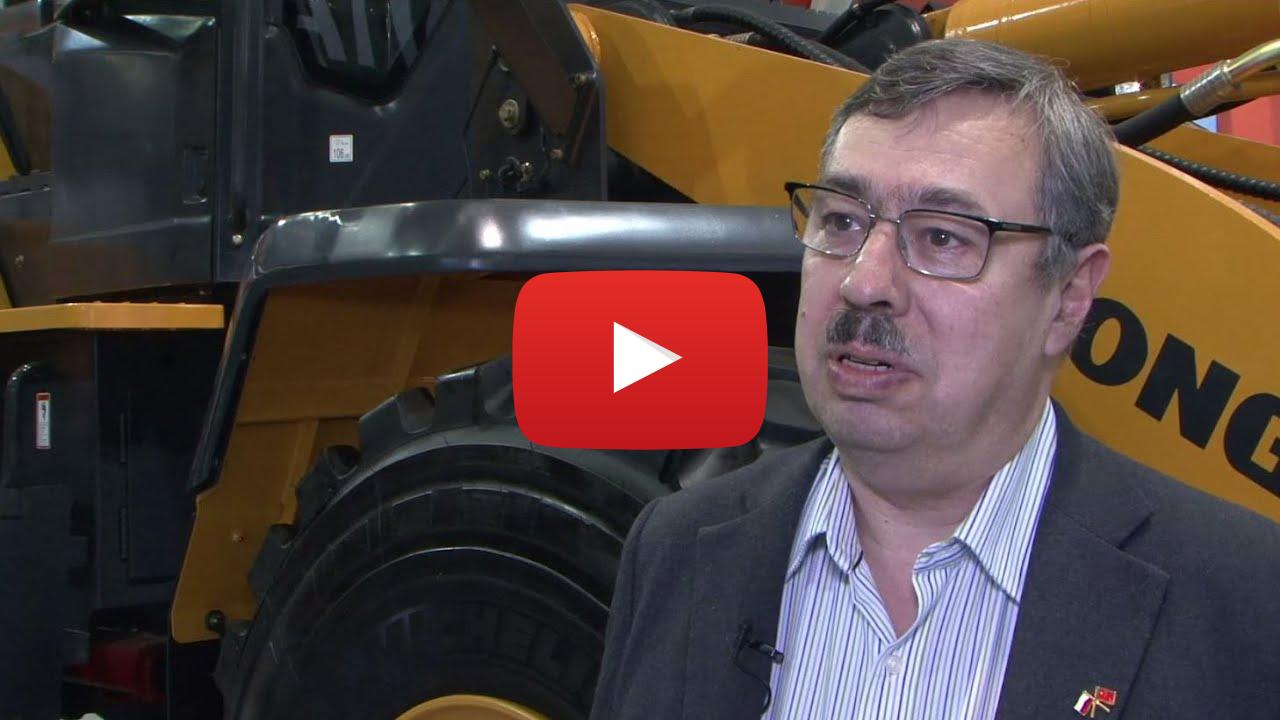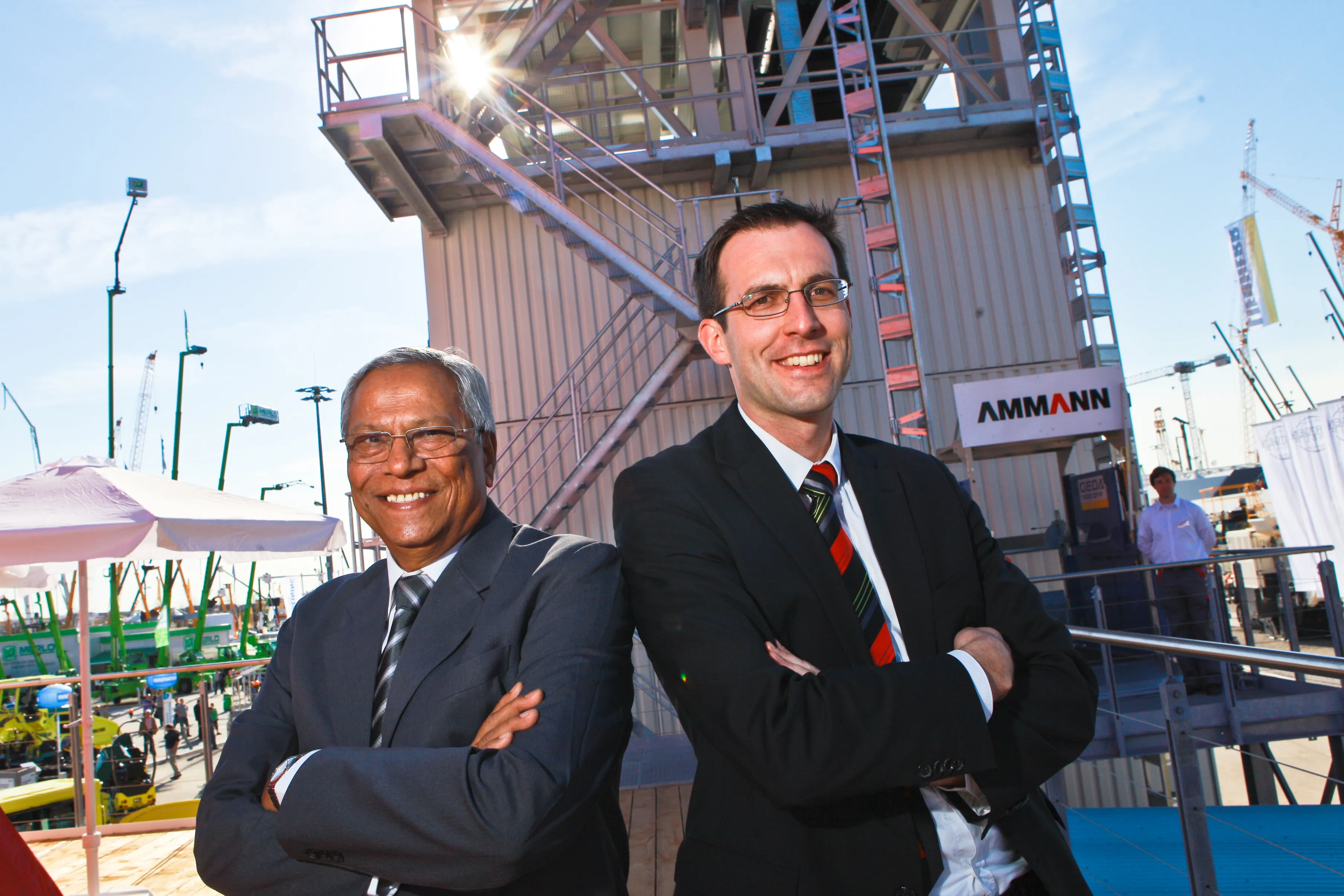The first fruits of the joint venture agreement between LiuGong and Metso have been unveiled in the metal at bauma China 2014. These new mobile crushers are designed to meet the needs of Chinese customers, as well as those in emergent territories. Mobile crushers only account for a small percentage of the Chinese market as well as in many emergent territories at present. But both LiuGong and Metso believe these more versatile units will attract considerable sales in the future and will take much of the shar
January 6, 2017
Read time: 2 mins

The first fruits of the joint venture agreement between 269 LiuGong and 6934 Metso have been unveiled in the metal at bauma China 2014. These new mobile crushers are designed to meet the needs of Chinese customers, as well as those in emergent territories. Mobile crushers only account for a small percentage of the Chinese market as well as in many emergent territories at present. But both LiuGong and Metso believe these more versatile units will attract considerable sales in the future and will take much of the share now held by fixed plants as older generation equipment comes up for renewal.
The mobile crushing machines are an example of how LiuGong is prepared to invest in developing new market segments, as well as in research and development. Some 400 million RMB has been invested in this last area in recent years. The company is still completing its impressive new research and development operation in China, attracting large numbers of engineers to this facility. Vice president Dave Beatenbough said, “We started as early as three years ago to hire people to work in the R&D labs.”
He explained that the facility will be key to the firm’s future product range and said, “Anybody can bolt parts together and make an excavator. For better fuel economy you have to integrate the engine and the hydraulics.” And he added that the sophisticated electronics and software that will facilitate this machine integration will be developed by LiuGong itself.
The mobile crushing machines are an example of how LiuGong is prepared to invest in developing new market segments, as well as in research and development. Some 400 million RMB has been invested in this last area in recent years. The company is still completing its impressive new research and development operation in China, attracting large numbers of engineers to this facility. Vice president Dave Beatenbough said, “We started as early as three years ago to hire people to work in the R&D labs.”
He explained that the facility will be key to the firm’s future product range and said, “Anybody can bolt parts together and make an excavator. For better fuel economy you have to integrate the engine and the hydraulics.” And he added that the sophisticated electronics and software that will facilitate this machine integration will be developed by LiuGong itself.








